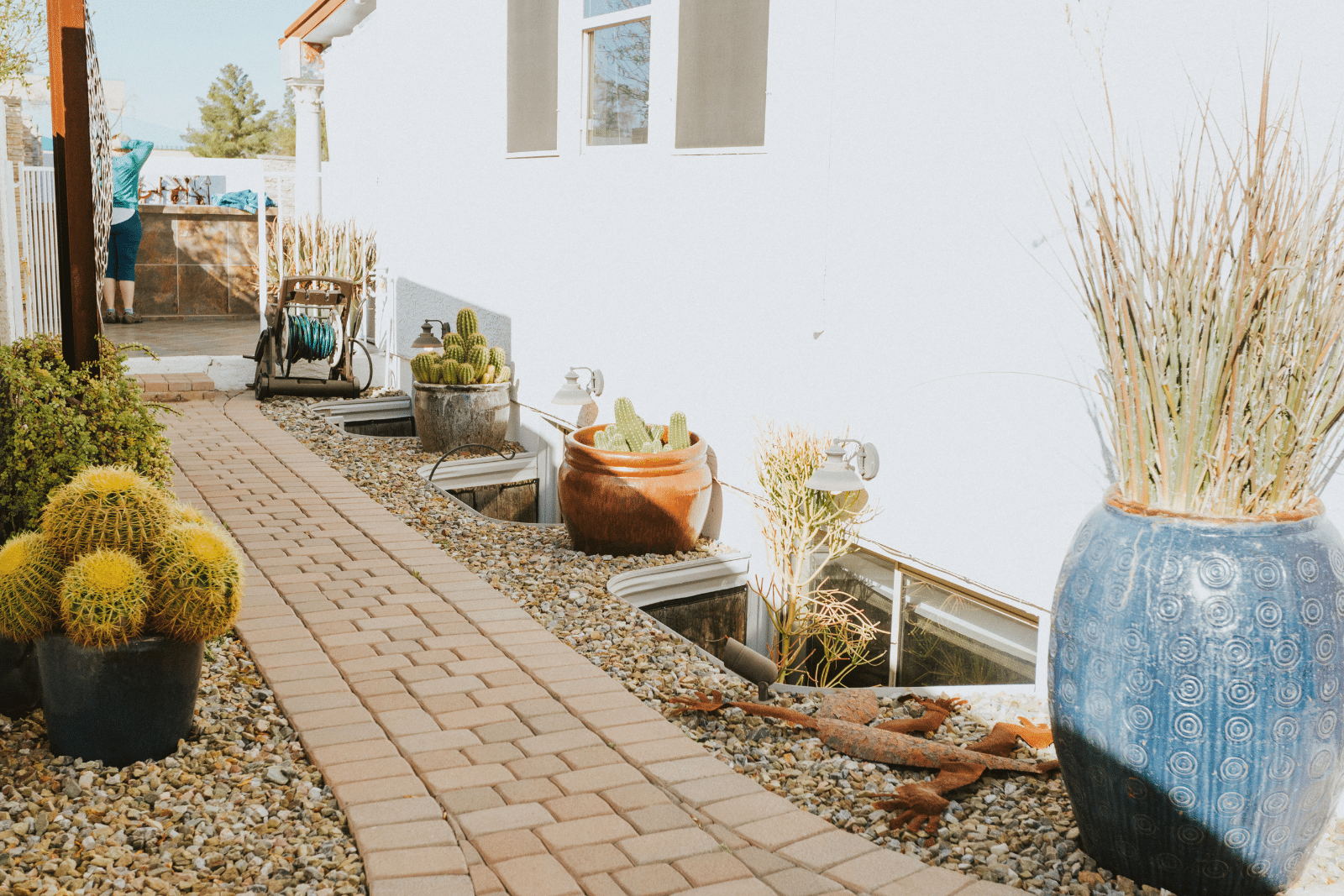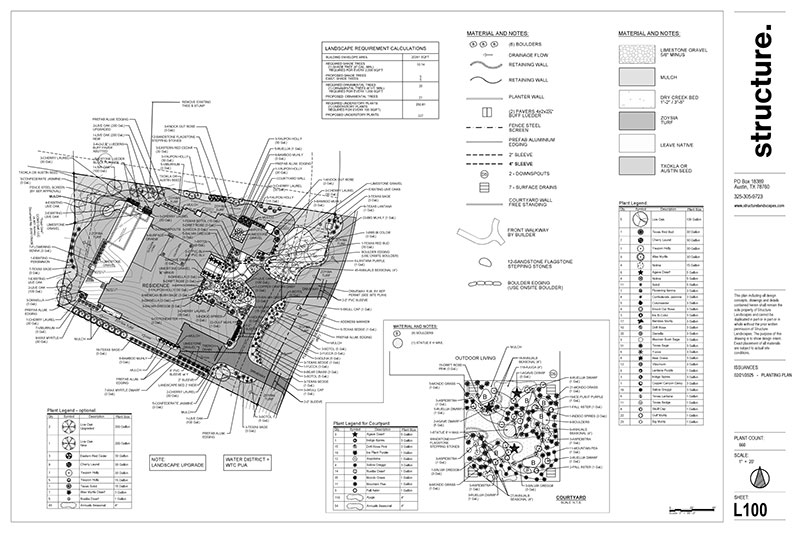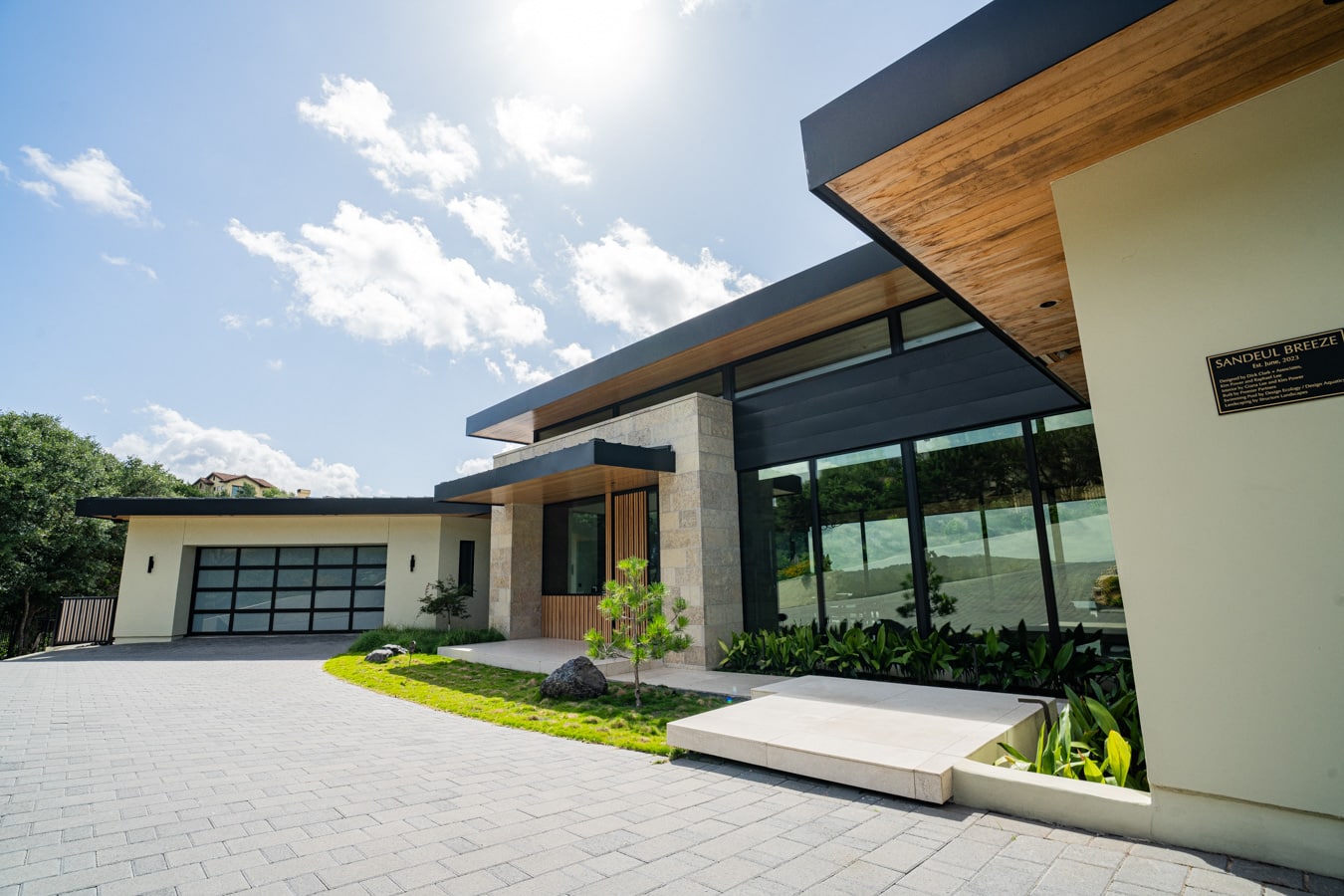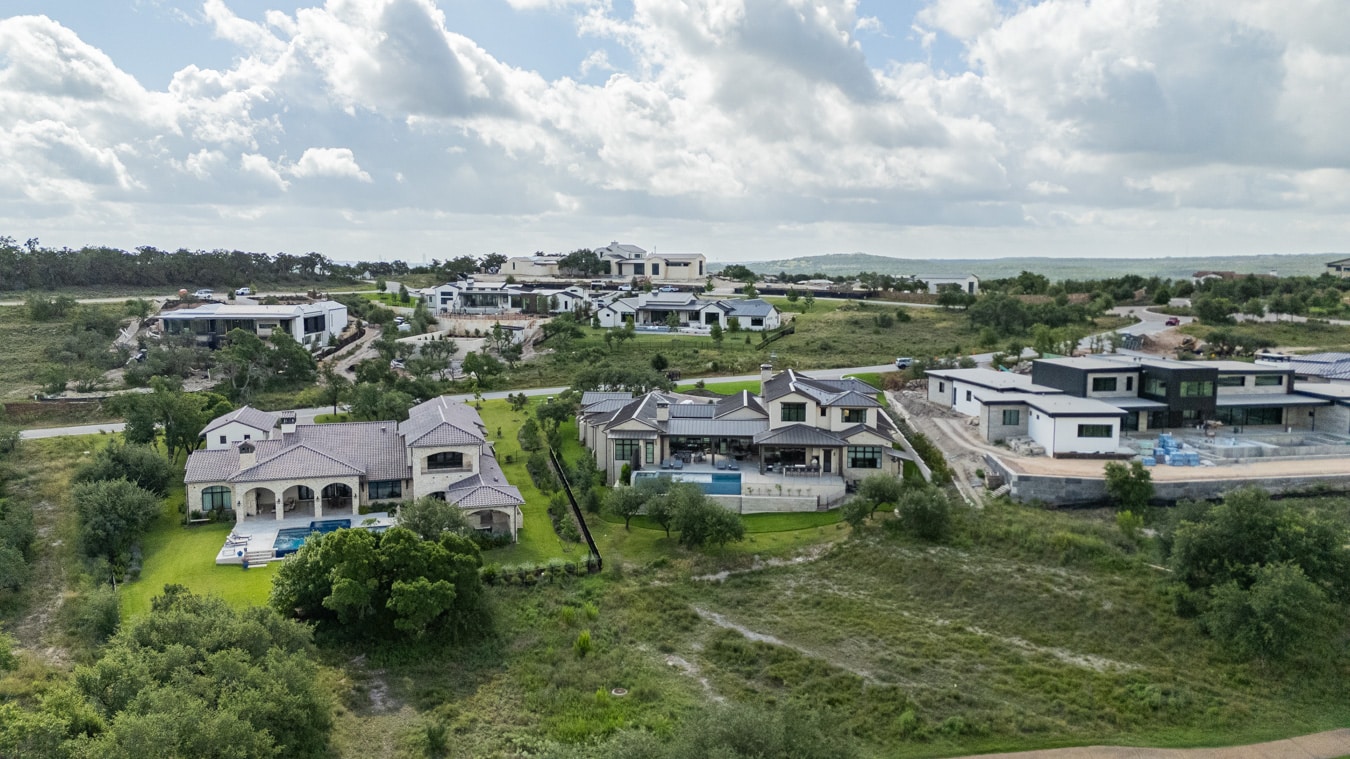Transforming your outdoor space into a functional and aesthetic living space is achievable through professional hardscaping. Professional hardscaping enhances your property’s appeal while providing durable surfaces for relaxation and entertainment. With the right design and materials, you can create pathways, patios, and retaining walls that not only define your landscape but also serve practical purposes.
By investing in professional hardscaping services, you can elevate your yard to a new level of enjoyment and utility. Skilled hardscapers understand how to integrate elements like stone, brick, and concrete in a way that complements your existing landscape. This expertise ensures that your outdoor area feels like an extension of your home, providing a seamless transition from indoor to outdoor living.
Whether you want a tranquil garden retreat or a dynamic entertainment zone, our expert hardscaping services at Structure Landscapes offer solutions tailored to your needs. Understanding the importance of both function and design, professionals can guide you in selecting the right materials and layouts that enhance your outdoor environment.
Understanding Hardscaping
Hardscaping involves the use of non-living elements in landscaping to enhance functionality, structure, and beauty. This section explores its definitions, roles in landscape design, and distinctions from landscaping.
Defining Hardscaping and Its Elements
Hardscaping refers to the incorporation of non-living materials like stone, concrete, wood, and metal into outdoor spaces. Key elements include patios, walkways, retaining walls, fences, and water features. These components create functional areas that contribute to the durability and design of a landscape.
By integrating various materials, hardscaping can add unique textures and visual interest, making spaces more appealing. You can choose from a wide range of styles and designs that complement your landscape while also serving practical purposes. Ultimately, these elements are essential for establishing a well-rounded outdoor environment.
The Role of Hardscaping in Landscape Design
In landscape design, hardscaping is crucial for defining spaces and creating structure. It helps establish pathways and zones, guiding movement within the yard. By effectively using hardscaping, you can enhance the functionality of your outdoor area.
Hardscaping features can also improve drainage and manage soil erosion. They provide a solid foundation for greenery while keeping the yard usable during heavy rains. Furthermore, including hardscape elements can reduce maintenance needs, allowing you to enjoy your space without constant upkeep.
Differentiating Between Hardscaping and Landscaping
It’s important to distinguish between hardscaping and landscaping. While hardscaping focuses on non-living elements, landscaping encompasses both natural and artificial features – including plants, soil, and water, along with hardscape components.
Landscaping aims to enhance the aesthetic appeal of your outdoor space, combining plant life with hard surfaces for a balanced look. You can achieve harmony by incorporating both aspects: the structural reliability of hardscaping with the organic beauty provided by landscaping. Understanding these differences allows for better design choices tailored to your outdoor preferences and needs.
Planning Your Hardscaping Project
Effective planning is crucial for a successful hardscaping project. It involves setting clear objectives, consulting with professionals, selecting quality materials, and considering environmental factors.
Setting Objectives and Assessing Needs
Begin by defining the purpose of your hardscaping project. Are you aiming to create a functional outdoor space, enhance aesthetic appeal, or increase property value? Consider how the area will be used. This might include space for entertaining, pathways, or garden borders.
Conduct an assessment of your current landscape. Identify existing features you want to keep and any issues that need addressing, like drainage problems. This evaluation will guide your designs and help prioritize your needs.
Make a list of your must-haves versus your nice-to-haves. Prioritizing these will ensure you stay within budget while achieving your desired outcomes.
Consulting With a Hardscape Contractor
Engaging a professional hardscape contractor is vital for successful project execution. Our landscape architects have extensive experience and bring both skill and insight to the table. During your consultation, you’ll have the opportunity to present your project objectives and site assessment, allowing our team to offer tailored recommendations that align with your vision. Our professionals will also refine your design to ensure it meets both practical needs and budget constraints.
Additionally, our contractors will guide you through permits and local regulations, addressing these considerations early to help avoid delays and complications as your project progresses.
Considerations for Climate and Exposure
Climate plays a significant role in your hardscaping decisions. Understand how local weather patterns, like rain or snow, will affect your materials and design. For instance, certain stones may not hold up well in freeze-thaw conditions.
Also, assess the exposure of the site. Areas with heavy sunlight may require UV-resistant materials to prevent fading. Likewise, shaded areas might develop moss or mildew, which can impact material longevity.
Plan for proper drainage to avoid damage during heavy rains or storms. Consult with your contractor about best practices and materials suited for your specific climate challenges.
Integrating Hardscape Into Outdoor Living Spaces
To create a seamless flow in your outdoor living space, consider how hardscape elements like patios, walkways, and retaining walls interact with natural surroundings.
Plan your layout carefully. Position patios close to your home for easy access, and use walkways to guide guests through your landscape.
Incorporate seating areas that promote social interaction. Each hardscape feature should complement your landscaping while defining different spaces for relaxation and entertainment.
Achieving Aesthetic Harmony with Color and Texture
Choosing the right colors and textures will elevate the visual impact of your hardscape. Select materials that reflect your style while harmonizing with your home’s exterior and other landscaping elements.
For instance, neutral tones can create a calming atmosphere, while bold colors may serve as focal points.
Mix textures to create interest; smooth concrete can contrast beautifully with rough stone, adding depth to your design.
Incorporate natural elements, such as wood or plants, to soften hardscape features and enhance their visual appeal.
Creating Functional Spaces with Hardscape Features
Functionality is crucial in hardscape design, ensuring that each element serves a purpose. Patios can act as dining areas, while walkways improve accessibility throughout your garden.
When selecting materials, consider durability and maintenance. Options like pavers are versatile and can handle heavy foot traffic, essential for walkways or entry points.
Incorporate features like fire pits or outdoor kitchens for added utility. These elements encourage outdoor living while adding value to your home.
By focusing on these aspects, you will successfully design a hardscape that enhances usability and beauty in your outdoor spaces.
Key Hardscaping Features
Understanding essential hardscaping features adds value to your outdoor spaces. Each element contributes to functionality, aesthetics, and durability in your landscape design.
Patios and Decks
Patios provide outdoor living spaces suited for relaxation or entertainment. You can choose materials like concrete, pavers, or natural stone for durability and visual appeal.
Decks, often constructed from wood or composite materials, elevate outdoor areas and offer a view of gardens or backyards. Consider multi-level designs to maximize space.
When designing patios and decks, think about layout, traffic flow, and how you’ll use the space. Adding features such as built-in benches or fire pits can enhance functionality.
Walkways and Paths
Walkways guide visitors through your landscape while adding structure. Common materials include gravel, flagstone, and bricks, creating appealing paths.
Your choice of material can influence maintenance and aesthetic. For example, permeable pavers allow water to seep through, reducing runoff and erosion.
Proper spacing and width are essential for usability. A width of 3-4 feet is standard, allowing two people to walk comfortably side by side. Enhance walkways with lighting or border plants for added charm.
Retaining Walls and Erosion Control
Retaining walls are crucial for landscape management, especially on sloped properties. They prevent soil erosion, stabilize slopes, and can create terraced areas for planting.
Materials range from natural stone to concrete blocks, allowing for customized aesthetics. The height and design depend on the slope and purpose.
Incorporating effective drainage systems is key to preventing water buildup, which can compromise wall integrity. Properly designed walls can also serve as seating areas, adding functionality.
Driveways and Paver Patios
Your driveway not only provides access but also reflects your style. Options include asphalt, concrete, and paver blocks, each with unique benefits.
Paver patios create decorative outdoor spaces that extend your living area. They offer versatility in design and can complement your home’s architecture.
Consider incorporating edging for defined boundaries and planting beds alongside driveways and patios. This not only enhances the look but also integrates greenery into hardscaping elements.
Outdoor Kitchens and Entertainment Spaces
Outdoor kitchens elevate your outdoor living experience. Incorporating features like a built-in grill, refrigerator, and storage can transform your space into a culinary haven. Consider including a bar area with seating, allowing guests to gather while you cook.
Adding an outdoor dining area can provide a seamless transition from cooking to enjoying meals outside. Incorporating a pergola or shade structure can enhance comfort while providing some protection from the elements.
Water Features and Fire Elements
Water features like fountains or ponds can infuse life and serenity into your outdoor space. The soothing sound of water can create a peaceful atmosphere, ideal for relaxation. Consider adding a small waterfall for both visual interest and aesthetic appeal.
Fire elements, such as fire pits or outdoor fireplaces, serve both functional and social purposes. They provide warmth during cooler evenings and create a focal point for gatherings. Selecting the right materials, such as stone or brick, can enhance your outdoor aesthetic while ensuring durability.
Make sure the placement of these features considers safety and accessibility. Surround fire elements with seating for social interactions, and position water features in a way that allows easy viewing.
The Installation Process
The installation process is crucial for achieving durable and visually appealing hardscape features. Proper preparation, skilled labor, and high-quality equipment play significant roles in ensuring a successful outcome.
Preparation and Groundwork
Preparation is the first step in any hardscape project. Begin by assessing the area for elevation and drainage issues. Clear the site of vegetation, debris, and topsoil to achieve a stable base.
Next, define the layout using stakes and string and mark the area for installation. Excavation follows, where you’ll dig to the appropriate depth, typically 4 to 8 inches, depending on the material used.
Installing a base layer of crushed stone or gravel is essential for effective drainage and load distribution. Compact this layer thoroughly to provide a solid foundation for your project, ensuring longevity.
Expertise in Hardscape Installation
Skilled labor is vital in hardscape installation. Workers often have specialized training and experience in various materials and techniques. Engaging professionals ensures the correct methods are applied.
They should understand material compatibility and how to address potential challenges during installation. Knowledgeable workers excel in cutting, laying, and securing materials while following best practices.
Additionally, they are adept at ensuring even surfaces and proper alignment, which are critical for aesthetics and function. This expertise minimizes future issues, providing peace of mind in your hardscaping investment.
Maintaining Your Hardscape
Proper maintenance ensures that your hardscape remains durable and visually appealing over time. Routine cleaning and strategic repair can enhance the longevity of materials like natural stone or pavers.
Routine Cleaning and Maintenance
Regular cleaning prevents the buildup of debris, stains, and moss, which can damage your hardscape. Use a broom or blower to remove leaves and dirt. For pavers, a pressure washer can effectively clear stubborn stains.
Cleaning Tips:
- Use pH-neutral cleaners for soft stone types.
- Scrub with a brush for areas with tougher stains.
- Rinse thoroughly to avoid soap residue.
Check for weeds regularly and remove them immediately to prevent root systems from damaging joints. This is particularly important in spaces between pavers or stones.
Repair and Long-Term Upkeep Strategies
Over time, materials may shift or show signs of wear. Inspect your hardscape for cracks or uneven surfaces. Addressing these issues promptly can prevent larger repairs later.
Repair Essentials:
- Fill cracks with appropriate filler to maintain a smooth surface.
- Consider re-sealing stones or pavers every few years to protect against weathering.
- If stones are displaced, hire a contractor to restore their positioning effectively.
Frequently Asked Questions
Understanding the nuances of professional hardscaping can help you make informed decisions about your outdoor spaces. Here are some essential questions that often arise when considering hardscaping services.
What factors should be considered when choosing a professional hardscaping service?
When selecting a hardscaping service, consider their experience, customer reviews, and portfolio. Licensing and insurance are crucial for protecting your investment. Additionally, assess their design capabilities and communication style to ensure they meet your needs.
How does hardscape design integrate with overall landscape architecture?
Hardscape design complements landscape architecture by providing structure and functionality. This includes pathways, patios, and walls that work in harmony with plants and greenery. A well-integrated design enhances both aesthetics and usability of outdoor spaces.
What are the most cost-effective materials to use for hardscaping?
Concrete and gravel are among the most economical options for hardscaping projects. Pavers can offer durability and versatility without excessive costs. Selecting local materials can also reduce transportation expenses and environmental impact.
What is the impact of hardscaping on property value?
Proper hardscaping can significantly enhance your property’s value. Features like patios and retaining walls increase curb appeal and usability. Potential buyers often view well-designed outdoor spaces as an attractive investment.
How does hardscaping differ from regular landscaping?
Hardscaping focuses on non-plant elements such as patios, walkways, and walls. Landscaping primarily deals with plant life and green spaces. Both aspects are important for creating a balanced and functional outdoor area.
What are the essential maintenance tips for preserving hardscape features?
Regular cleaning is vital to maintain hardscape surfaces. Use appropriate cleaners to avoid damage. Ensure that joints and seams are sealed properly to prevent weed growth and shifting materials.
Contact us at (512) 461-0290 for professional hardscaping services in Austin, TX





